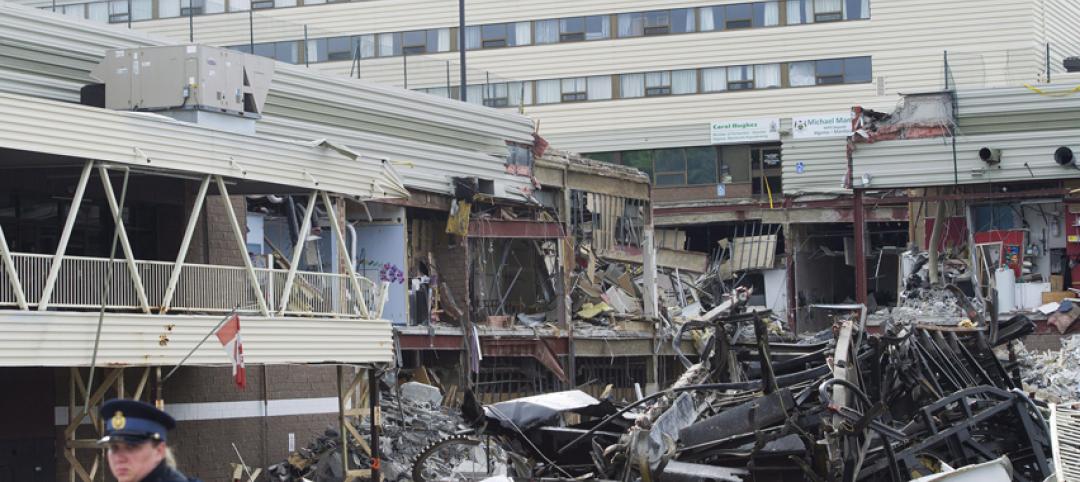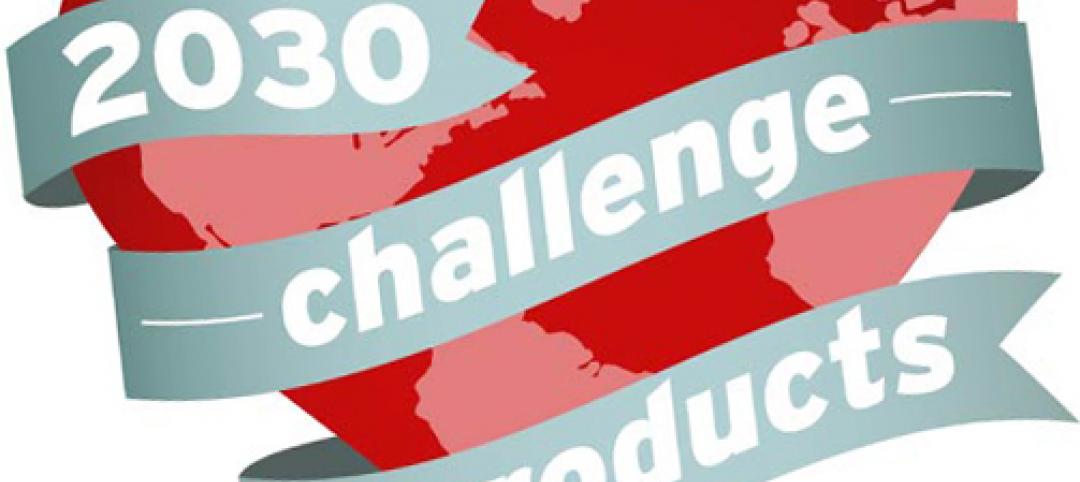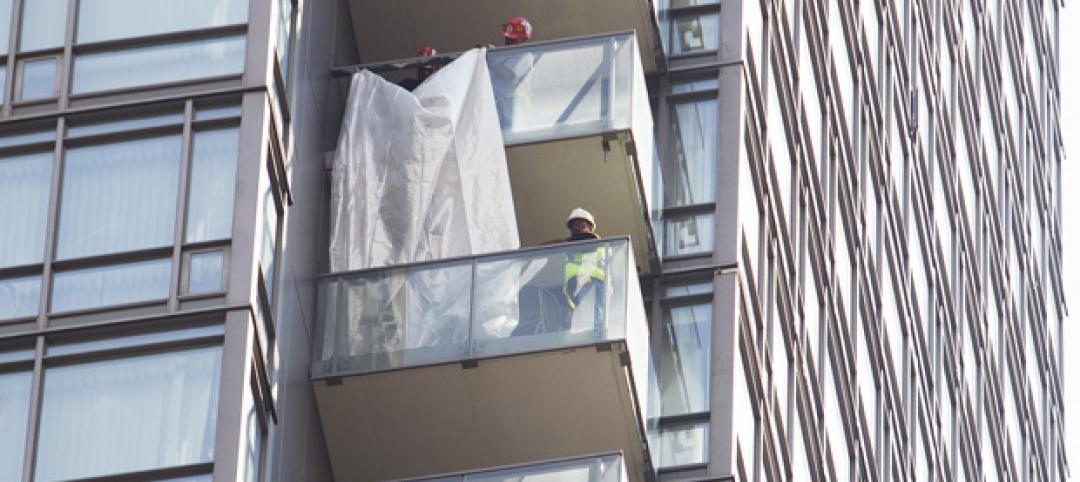ASHRAE has compiled a COVID-19 Preparedness Resources webpage that includes a recently approved position document on Airborne Infectious Diseases.
The site (ashrae.org/COVID19) provides resources from ASHRAE to building industry professionals. The position document advises that new and existing healthcare intake and waiting areas, crowded shelters, and similar facilities should go beyond the minimum requirements of these documents.
Techniques covered in ASHRAE’s Indoor Air Quality Guide can better prepare building owners to control airborne infectious disease, an ASHRAE news release states. “Because small particles remain airborne for some period of time, the design and operation of HVAC systems that move air can affect disease transmission in several ways, such as by:
· Supplying clean air to susceptible occupants
· Containing contaminated air and/or exhausting it to the outdoors
· Diluting the air in a space with cleaner air from outdoors and/or by filtering the air
· Cleaning the air within the room
ASHRAE recommends the following strategies to address disease transmission: dilution ventilation, laminar and other in-room flow regimes, differential room pressurization, personalized ventilation, source capture ventilation, filtration (central or unitary), and UVGI (upper room, in-room, and in the airstream). “Owners, operators, and engineers are encouraged to collaborate with infection prevention specialists knowledgeable about transmission of infection in the community and the workplace and about strategies for prevention and risk mitigation,” the release says.
Related Stories
| Jul 5, 2012
Roof membrane could have prevented roof parking deck collapse, specialist says
The collapse of a section of a roof parking deck at the Algo Centre Mall in Elliot Lake in Ontario, Canada could have been prevented if the structure had a membrane, according to a concrete expert and specialist in structure analysis at McMaster University.
| Jul 5, 2012
New Joplin, Mo. hospital being built to withstand tornado that destroyed predecessor
After the May 22, 2011, EF-5 tornado destroyed St. John’s Regional Medical Center in Joplin, Mo., architects and engineers analyzed how the nine-story structure reacted to the storm.
| Jul 5, 2012
Continued tax breaks necessary for widespread adoption of net zero buildings
Tax breaks passed by the U.S. government to encourage construction of green buildings are set to expire in 2012 and 2013.
| Jun 28, 2012
Six buildings now recognized under Living Building Challenge
The Living Building Challenge (LBC), a green ratings system for design and construction that judges a building based on its actual performance, not just its projected performance at the design stage, has recognized six buildings to date.
| Jun 28, 2012
Label for building products will have ‘global warming number’
The director of the 2030 Challenge for Products says that the organization is aiming to place a label on building products that will list what’s in it, and how much embodied carbon each product represents.
| Jun 28, 2012
Top building material executive urges building resilience in sustainability standards
A meeting of 1,000 business executives at the recent Rio+20 environmental conference featured a passionate plea to include building resilience in efforts to boost sustainability.
| Jun 28, 2012
Following spate of skyscraper balcony glass panel breakages, Ontario adopts code change
Ontario's housing minister announced new building code rules to help prevent glass panels from breaking off high-rise balconies during hot weather.
| Jun 28, 2012
Factory worker deaths in Italy raise questions on building codes after earthquakes
Italian officials are questioning seismic building standards and inspection procedures in the aftermath of two damaging earthquakes.















